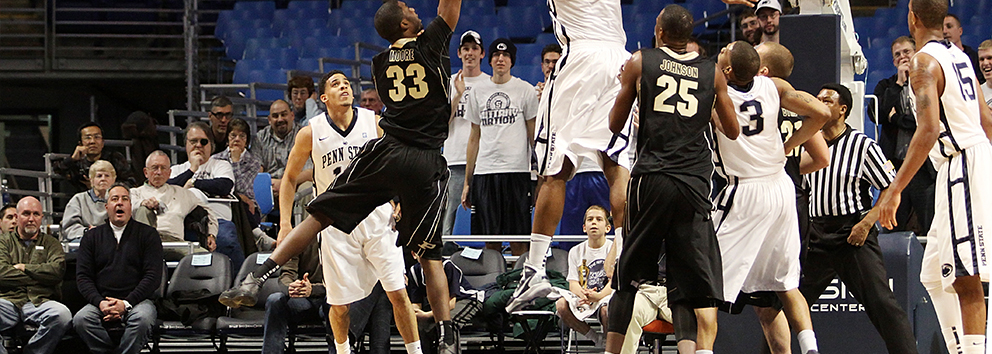
The patella tendon is a large tendon on the front of the knee that begins at the lower end of the patella (knee cap) and attaches onto the front of the lower leg bone (tibia). Patella tendonitis involves inflammation of this tendon anywhere along its anatomical course. The patella tendon can become inflamed due to a single traumatic event, such as falling directly on the knee, or by overuse. Young athletes that are growing and experience a rapid increase in heavy activities are at risk. Individuals who have restriction of motion in the knee or tight quadriceps muscles are also at risk. Symptoms usually include pain with activities, particularly those requiring heavy loading such as running or jumping. This condition is also known as “jumper’s knee”. Pain is often sharp and sudden, and can debilitating. Local swelling and weakness can occur.
Diagnosis is based on a combination of history, physical examination, and radiographs. Plain x-rays will not show the patella tendon, but can reveal related findings, such as a bone spur or calcific deposit. An MRI of the knee is often not needed initially, but can be obtained if symptoms persist.
Treatment surrounds conservative care to include icing, activity modifications, anti-inflammatory medications, physical therapy, and diligent stretching. Injection therapy may be considered if initial treatment measures do not resolve the problem. Rarely is surgical intervention indicated. The great majority of patients respond to nonsurgical treatment.




